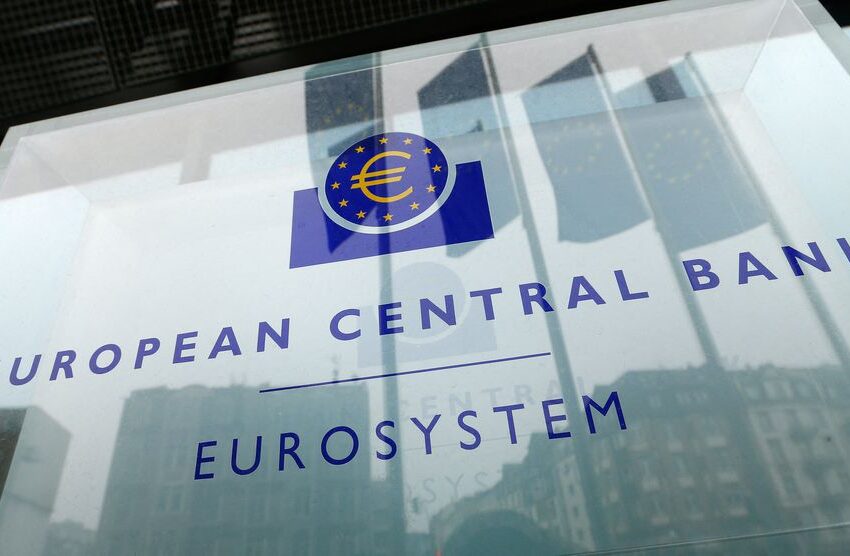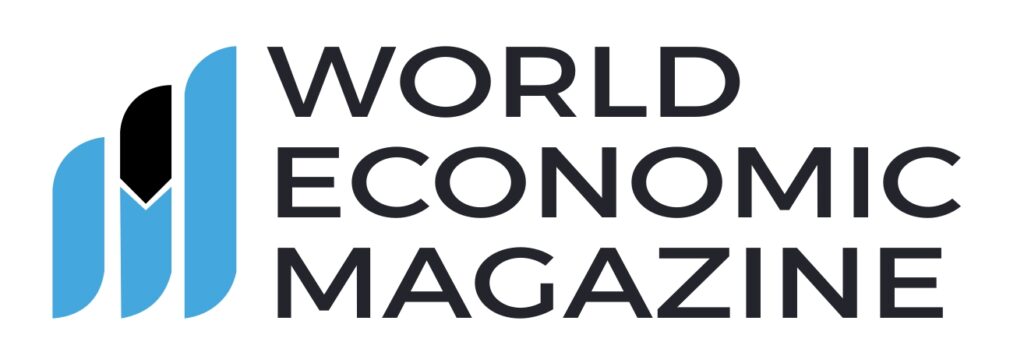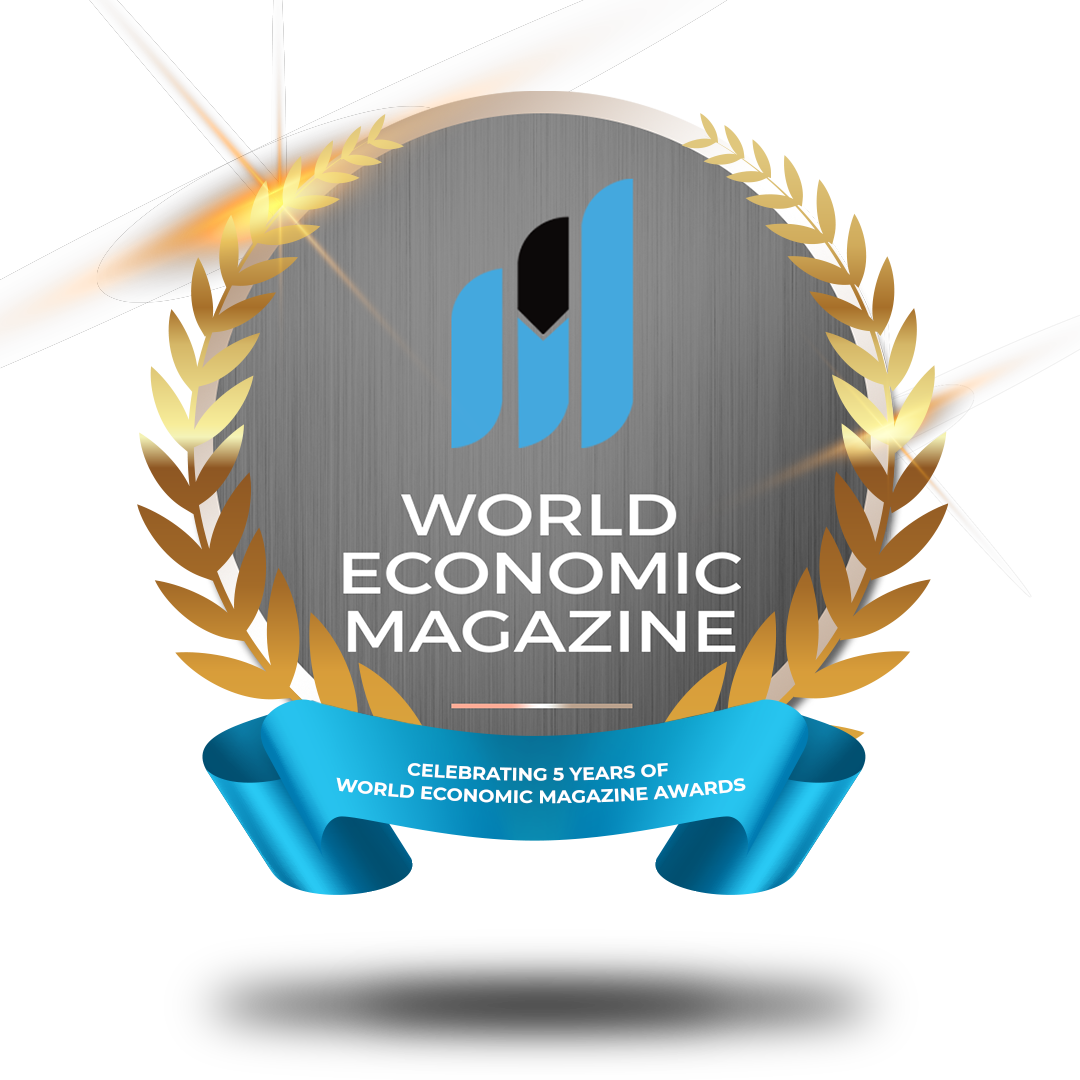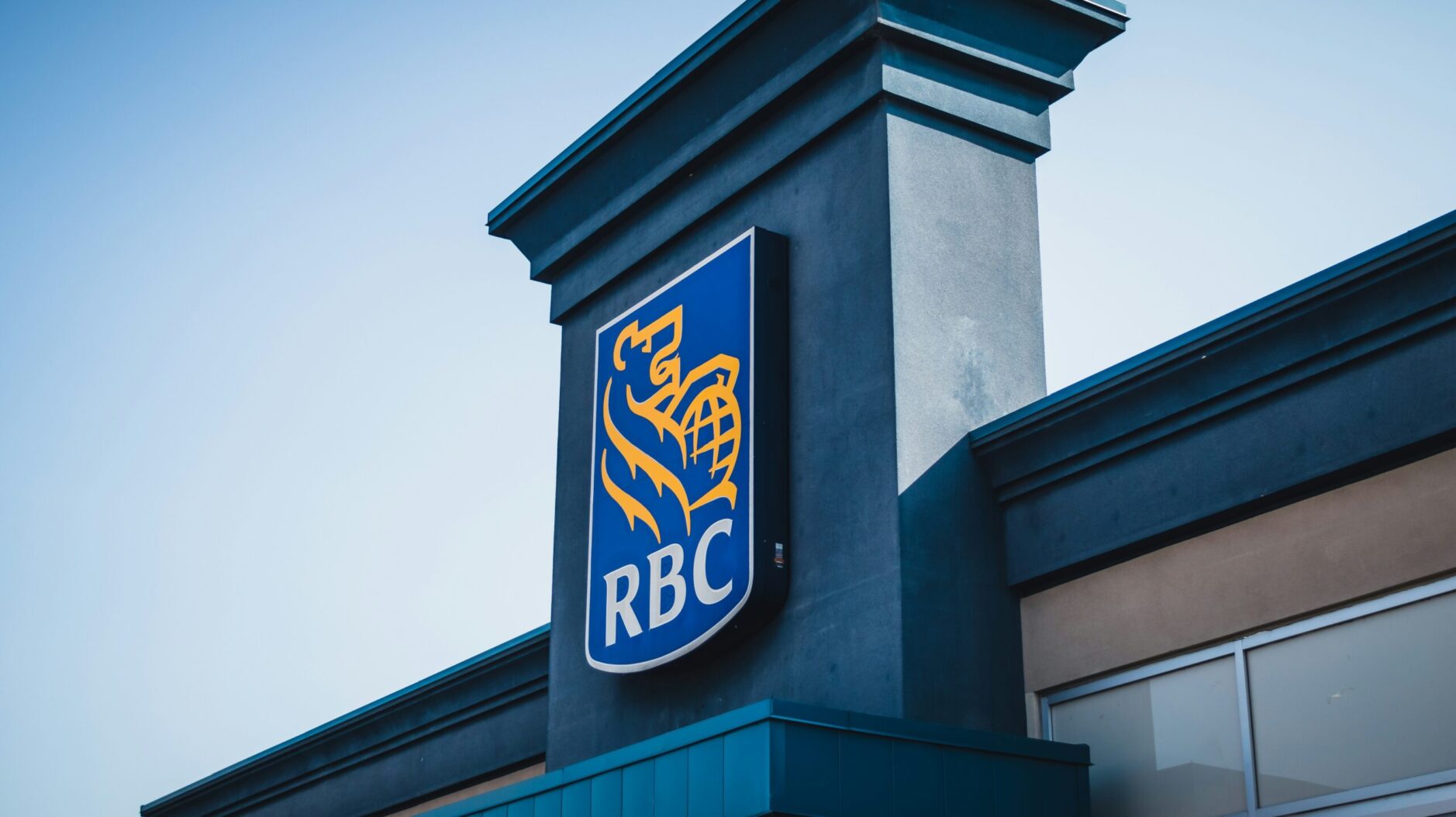
Column: Like Tortoise vs Hare, ECB may ‘normalize’ before Fed
LONDON, Jan 12 (Reuters) – If the world’s big central banks are convinced the economic emergency is over and policy should start to return to pre-pandemic settings, the ECB is likely to beat the Fed to it.
Facing the highest inflation rates in decades, caused mainly by the distortions and bottlenecks related to rapidly reopening economies after serial COVID-19 lockdowns, central banks fear those rates will be slower to subside than first thought.
The Omicron wave around year-end again muddied the economic picture and could prolong supply chain and labour market distortions that keep inflation rates higher for longer, as well as raising the risk of them becoming embedded in household, worker and company expectations.
If in doubt, the message seems to be, stop adding stimulus, return to square one and assess the lay of the land.
U.S. Federal Reserve officials have entered 2022 with all guns blazing. Most now insist they will not only stop buying new bonds by March, but the first of at least three interest rate rises this year will come at that point and unwinding of the Fed’s bloated balance sheet commence shortly after.
Fed chair Jerome Powell spoke on Tuesday of ‘normalizing’, policy while being ‘humble and nimble’.
While the picture for the European Central Bank is different, it faces a similar inflation and communications headache and the message from its top officials is one of both caution over inflation risks and a restatement of its central price stability mandate.
ECB Chief Economist Philip Lane said this week he still sees inflation back below the 2% target next year and in 2024, while its President Christine Lagarde spoke on Tuesday of an “unwavering” commitment to stable prices and new Bundesbank boss Joachim Nagel said he sees a “danger” inflation stays high.
For many in the markets, faced with a more modest economic rebound, higher jobless levels, lingering credit problems and ageing demographics that threatened deflation for a decade, the ECB will be deeply dovish for far longer than the Fed.
An almost 10% swoon in the euro/dollar currency rate in the second half of last year illustrates some of that.
ECB policy rates and long-term benchmark sovereign bond yields were negative pre-pandemic and remain so. And the size of its accumulated balance sheet is both higher than the Fed’s in nominal terms as well as being, at more than 65%, almost twice the share of gross domestic product than Washington’s.
But as UniCredit economist Marco Valli points out, much of the ECB’s stance was in place before the pandemic.
“When the different starting points of monetary policy are taken into account, the ECB’s stance looks less dovish than generally thought,” he wrote.



‘HUMBLE AND NIMBLE’
Valli reckons that based on its Dec. 16 decisions – which aims to wind down emergency pandemic bond buying stimulus by March, end new special lending facilities by June and taper long-standing asset purchases to pre-COVID levels by the fourth quarter, the ECB would be back to pre-pandemic settings by October, a year ahead of the Fed on existing plans.
Of course, the Fed cut its policy interest rate by more than 150 basis points and revamped its net bond buying from scratch when COVID hit. The ECB by contrast relied mostly on the PEPP bond purchase programme as its key support flooring long-term interest rates. Its repo rate was already at 0% since 2016 and its deposit rate had already been cut to the current -0.5% in 2019.
But Valli says it is still worth noting that the ECB will be back to pre-COVID levels long before the Fed despite fewer labor market distortions feeding wages, less exchange rate weakness on import prices and less concern over equity valuations.

Either the Fed has been too slow to normalize – and judging by its frantic speechifying this year, some Fed officials appear to think that – or the ECB is being too cautious.
“The former appears more likely,” Valli concluded.
Market pricing for a small 10bp rise in ECB deposit rates by year-end still seems excessive to most economists.
Deutsche Bank’s ‘House View’ published on Tuesday says this ‘liftoff’ is unlikely until 2023, but it sees net asset purchases dropping by about 70% this year.
On the flip side, even if the Fed were to hike rates four times this year, as market pricing now suggests, it would still leave them well below pre-pandemic levels.
A rapid wind down of the Fed’s balance sheet this year might even up the relative stances somewhat as shrinking the ECB’s appears a much longer way off. But the Fed’s Powell said on Tuesday no decision on that had been taken yet.
So while the ECB may seem more of a tortoise to the hare-like Fed, it may also find it wins the race. Whether that’s a good result for the euro zone economy is less clear.


The author is editor-at-large for finance and markets at Reuters News. Any views expressed here are his own.
by Mike Dolan, Twitter: @reutersMikeD; Editing by Alexander Smith






